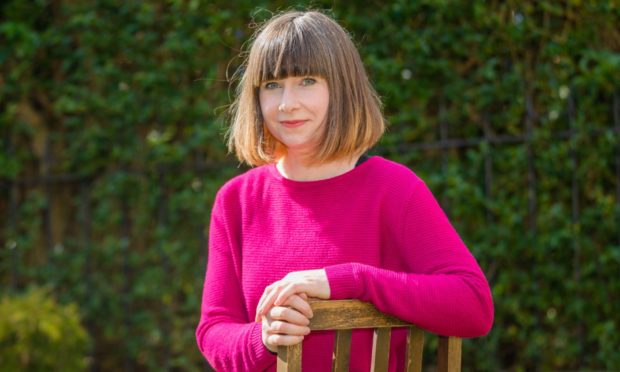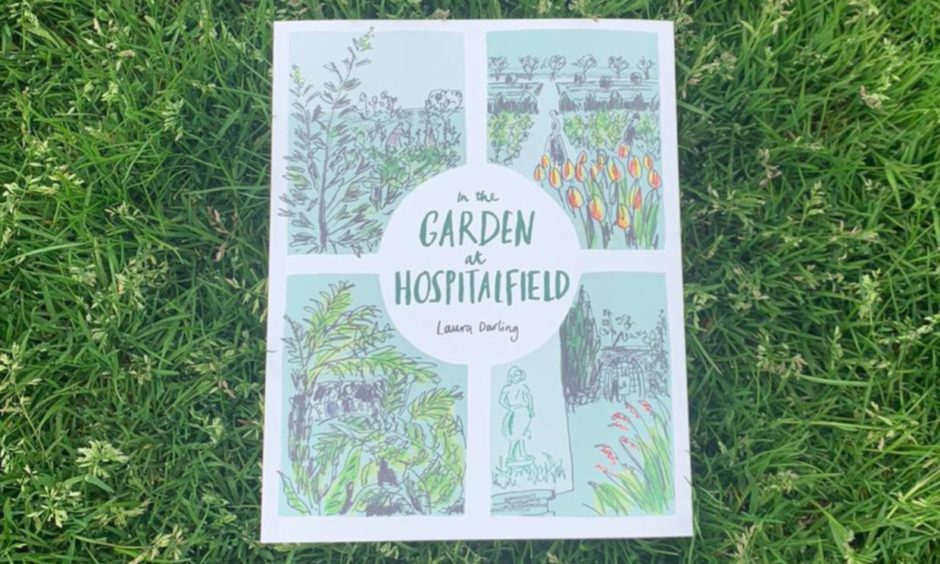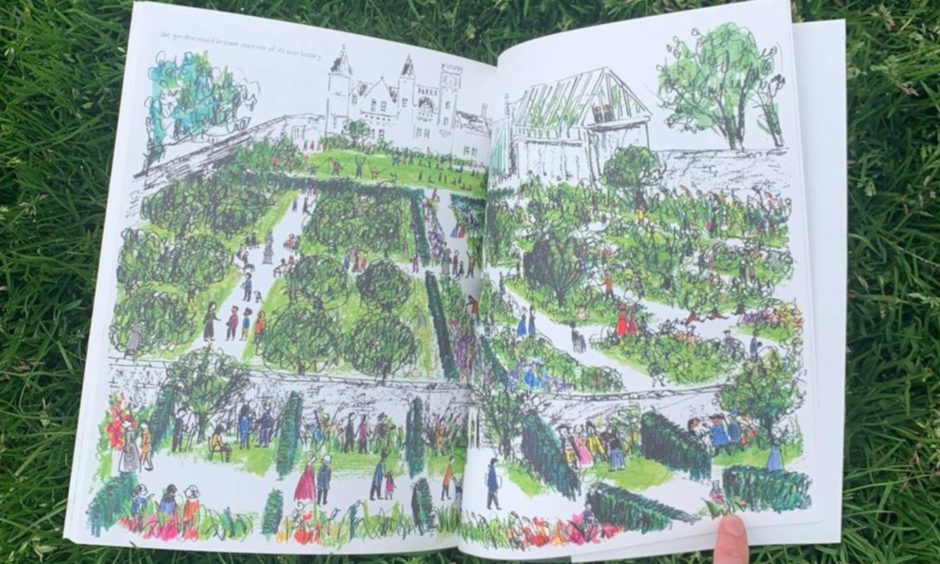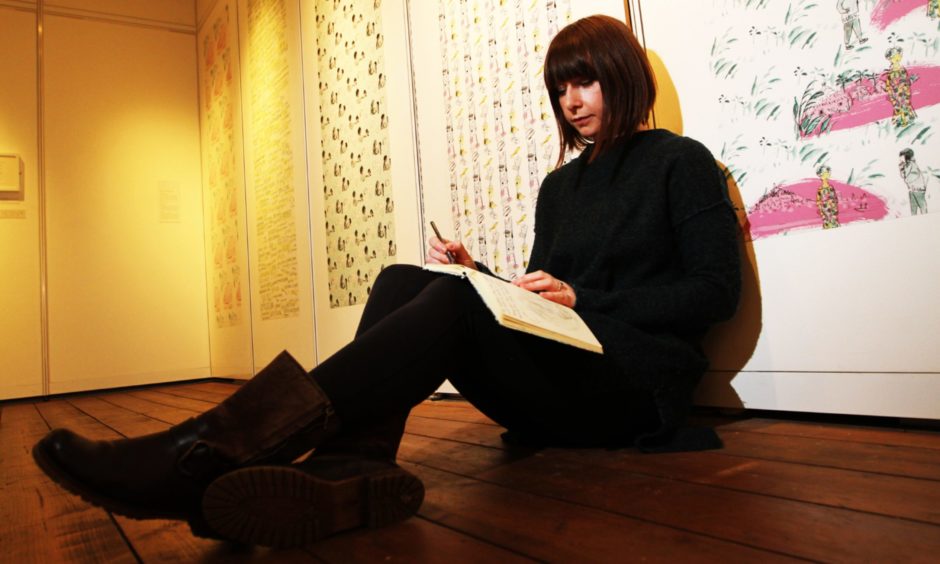Dundee illustrator Laura Darling has created a new graphic novel telling the fascinating 800-year story of the gardens at Hospitalfield House in Arbroath.
Her book, In the Garden at Hospitalfield, launched when the venue recently reopened. It is also longlisted for the prestigious World Illustration Awards 2021.
Laura began working on the book while on a year-long residency at Hospitalfield House from 2019-2020 running the Free Drawing School. In between holding creative workshops for people in the local area, she became fascinated by the historic grounds.
She explains: “When I started looking into it I realised the history had never been written down before. The more questions I asked, the more it led to. I knew I had to tell the story of the garden in some way.”
‘I need pictures’
Graphic novels put an emphasis on illustrations in order to tell a story. Laura decided the format would be the perfect way to present her discoveries.
She says: “I can’t understand something only by reading a written description – I need pictures. I managed to just about fit it into 60 pages, which was a challenge. It could have been an epic tome.
“I wanted it to be something you could skim through and get a general gist of ‘this is how the garden evolved’ and ‘this is who lived there’. Making you feel you could step back into this world.
“I was also trying to work out the proper context of it. So, when was this? What was going on at the time?”
When Arbroath Abbey was built in the 12th Century, people began travelling there to pay pilgrimage. In around 1260, monks built a hospital nearby for any visitors requiring care.
The gardens were originally used by the monks to grow plants and herbs for medicinal purposes. This is why the house came to be named Hospitalfield.
‘An amazing project’
Over the centuries Hospitalfield has been redeveloped by its many inhabitants and Laura says the Victorian era was a helpful research tool.
“The Victorians really looked to the past – that’s what they were inspired by. So, looking in the house itself gives you lots of clues about how the garden would have looked at that time.
“Gardens change so frequently so it’s very difficult to document. There are only a few photos from the Victorian era. There’s so much to archive in the house itself. They’ve got a fantastic group of volunteers documenting all of the collections.”
Laura adds: “The way I have designed the book, I hope people would read it a few times. There’s lots of little details that I hope people miss the first time. That’s what I like in books – when you can go back to them. It was an amazing project.”
A launch event for In the Garden at Hospitalfield takes place on June 5. Find out more here. Copies are available to purchase at Hospitalfield House.













